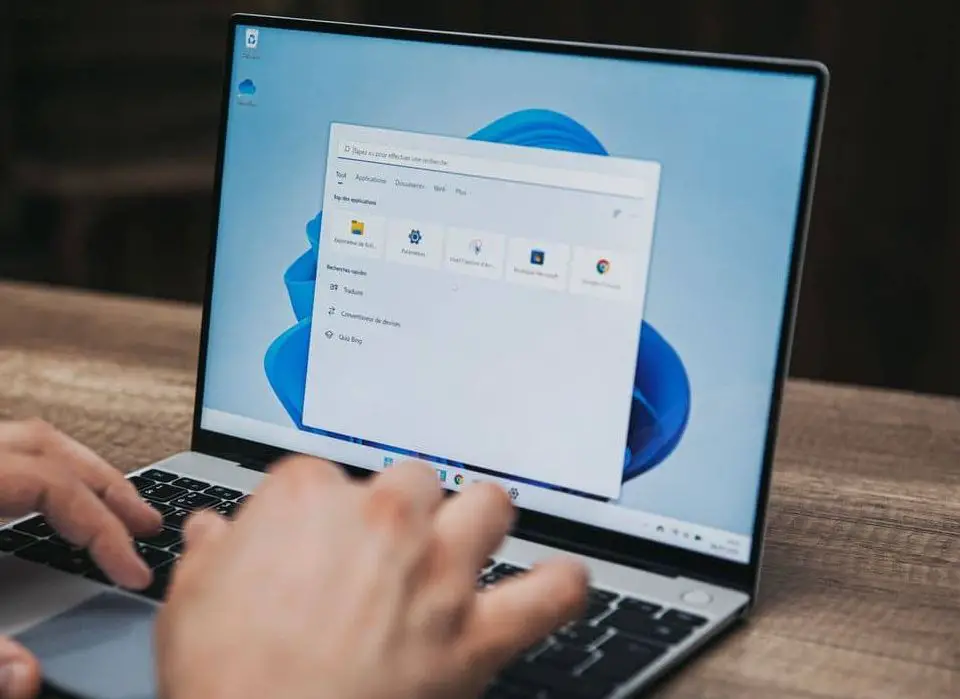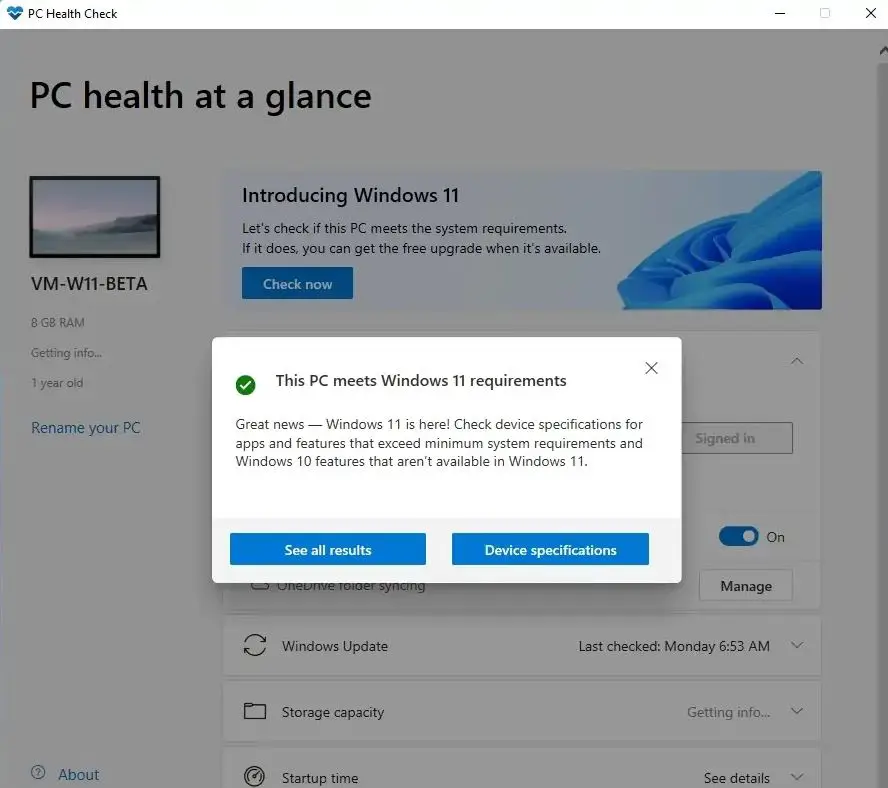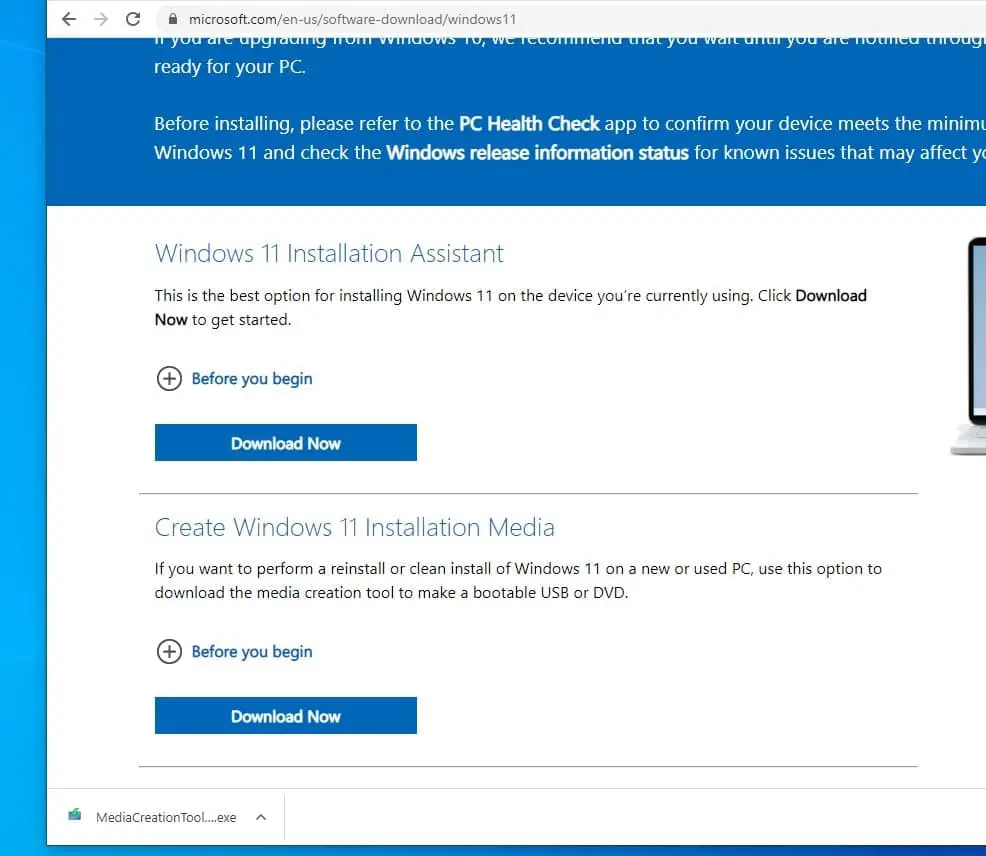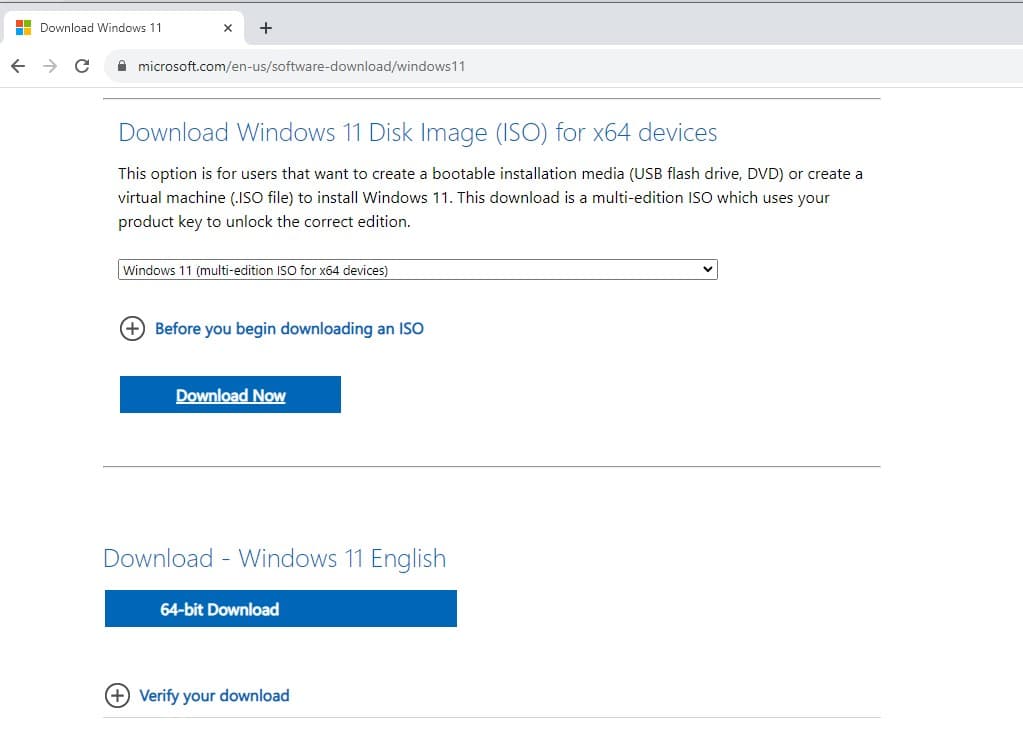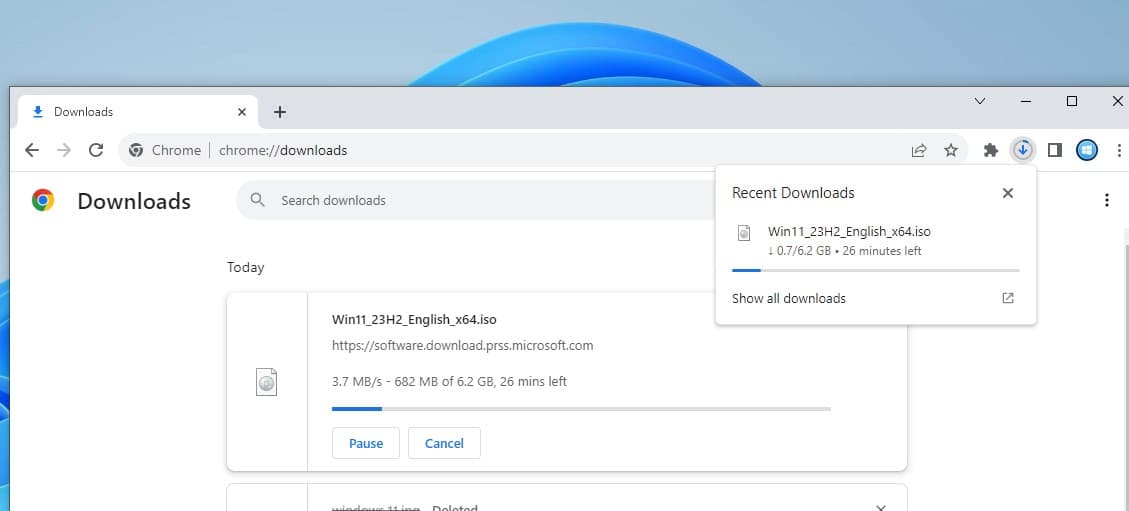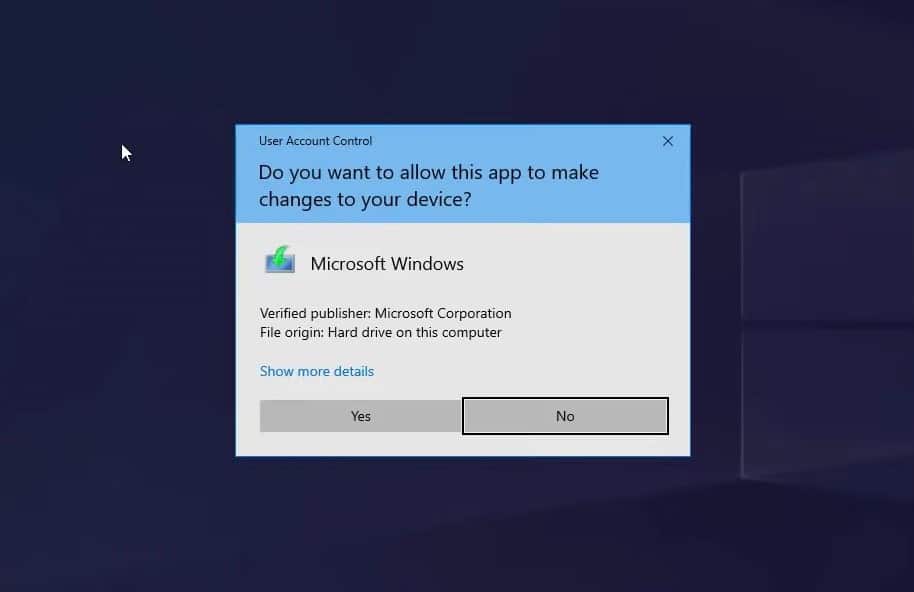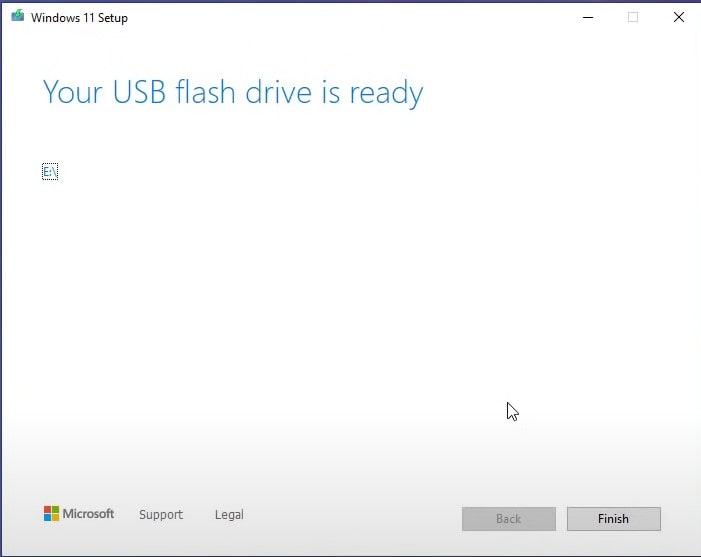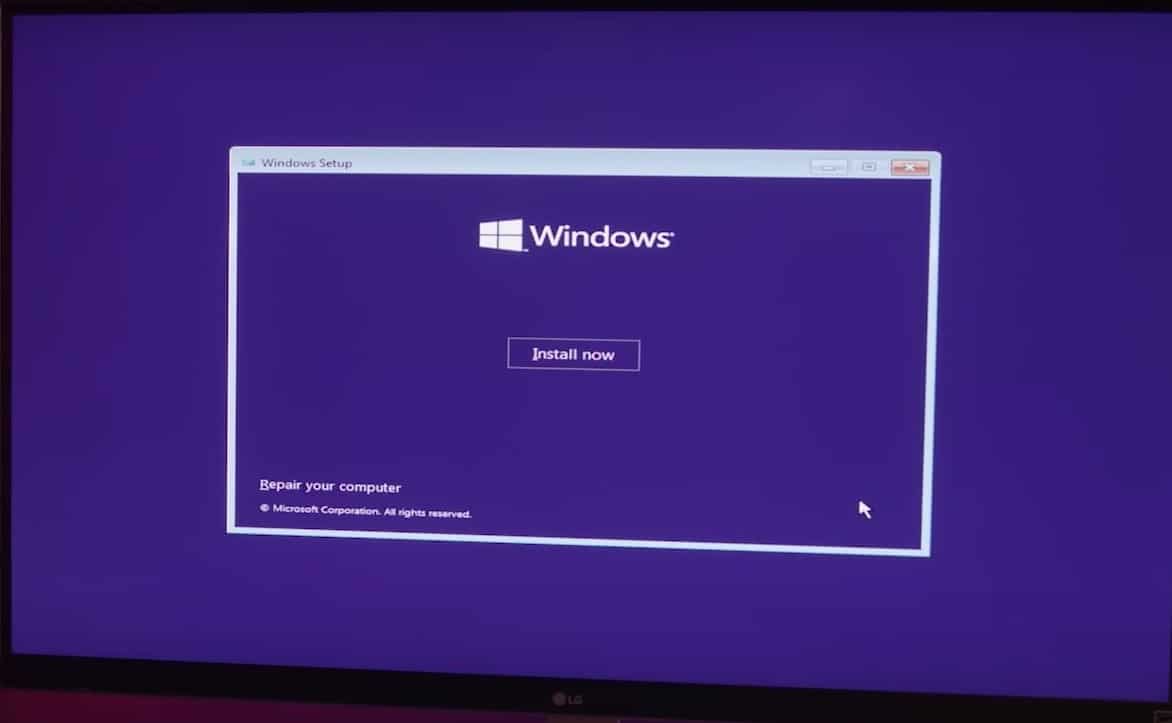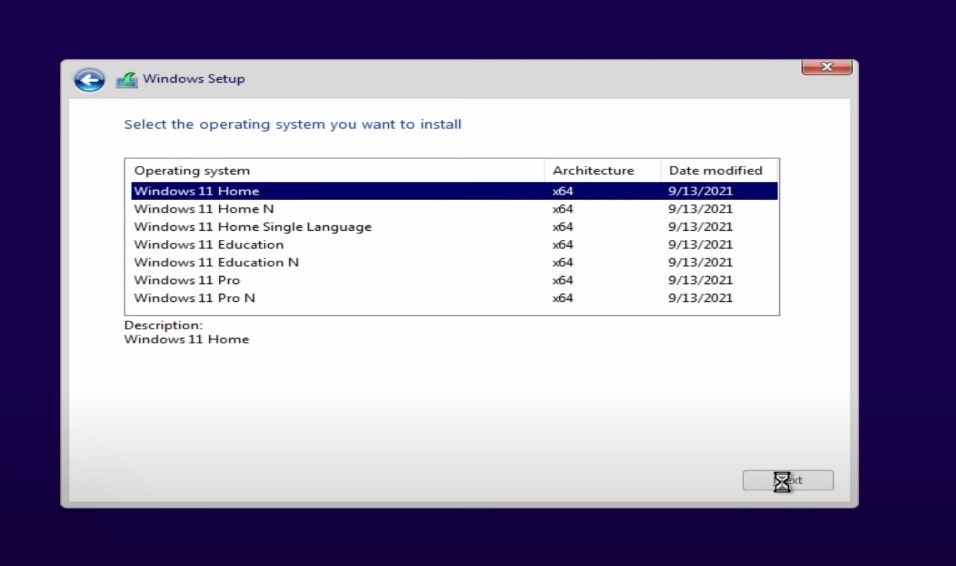Microsoft has released Windows 11, the new version of the most used computer operating system in the world. The latest version of the Windows 11 operating system comes with lots of new features, including gaming perks, a simplified layout, intuitive shortcuts and more. If you have a Windows 10 computer that meets Windows 11 minimum hardware requirements, then you can upgrade to Windows 11 for free. Also, there are several ways to install Windows 11 23H2 as we have already told you, but if in your case you want to do it from scratch, there is also a way to do it.
You can download Windows 11 ISO that Microsoft has published or Create a Bootable USB flash drive to install it as a completely new operating system, that is, without depending on updating a previous version. It is not complicated at all as you will be able to see, so let’s get started.
Minimum Requirements to Install Windows 11
Before installing Windows 11, it’s recommended to check and make sure that your device meets the minimum system requirements to handle this new operating system. Microsoft official, recommends the following requirements on a device to install the latest Windows 11 23H2.
- Processor: Modern 1 gigahertz (GHz) dual-core 64-bit processor or System on a Chip (SoC)
An Intel or AMD CPU that is compatible. In this case, most of the seventh generation or older Intel processors are left out, and on the part of AMD it does not work on the first generation Ryzen.
- RAM: At least 4GB of RAM
- Hard disk space: 64 GB of internal storage
- Monitor: 9-inch display with 1366×768 resolution
- Compatible with UEFI, Secure Boot and TPM 2.0.
- Video adapter: Video card compatible with DirectX 12 and WWDM 2.x.
- You need an active Internet connection to set up Windows 11 Home
You can run the official PC health checkup tool or WhyNotWin11 tool to check if your device meets all the above system requirements to install or upgrade to Windows 11.
Since we are going to use the ISO image of the operating system, you really only have to meet one of those requirements. That is, if your computer does not have or is not compatible with TPM 2.0, you will not be able to install Windows 11. Here is a video explains how to Turn On the TPM 2.0 Feature on your device.
The rest of the specifications are supposed to be recommendations for the system to run smoothly, but they do not affect the installation, since in the process you will be warned that your computer is not compatible, nothing more. From there it is you who decides whether to install it or not.
Also read: How to Install Windows 11 on unsupported PC hardware (Bypass system requirements)
How to download and install Windows 11?
If your device meets the above system requirements, we can download Windows 11 and install it from scratch. And for this, we need as we have said before, an ISO image of the operating system or create a bootable USB or DVD.
From Microsoft’s official site, we can easily download the Media creation tool and the latest Windows 11 ISO image files. Create Windows 11 installation media using the media creation tool and use it to install Windows 11 from scratch.
Download Windows 11 ISO
- First, open the official Windows 11 download page from this link,
- From here first download the media creation tool, to do so click on the download button next to Create Windows 11 Installation Media.
- Now move to the third option, download the Windows 11 disk image (ISO), and click download,
- Select your preferred language, then click on Download Windows 11 64-bit,
- The Windows 11 ISO file size is around 6.2 GB, and the download time depends on your internet speed.
At that moment we are going to obtain a file called Win11_english_x64.iso that occupies about 5.52 GB, which we can use to burn a double-layer DVD as a means to have Windows 11 physically, create a bootable pen drive to have Windows in a most modern system and even be able to create a virtual machine if we need it.
Whichever option you choose, the truth is that this way you will have the Windows 11 image to be able to install on the computer you want.
Create a bootable USB or DVD
Create a bootable or installation media for Windows 11 is simple and easy, we have seen previous cases.
- Locate the MediaCreationToolW11.exe file (that we have downloaded previously), right-click on it select run as administrator,
- You may be asked for permission to run the program, so go ahead and approve it.
- Accept the Microsoft license terms, select the language and edition then click next,
- Next, select the USB drive option, Make sure to connect a USB drive that has at least 8GB of space and click next.
- Select that USB from the list and click next, windows 11 installation files start to download and the tool creates installation media for you.
Install Windows 11 from a USB
When the Windows 11 installation media is ready, eject the USB drive,
- Restart your PC and press the boot key (Mostly the F8 key) as your PC boots up
- Select boot from USB option and reboot y our PC.
Also refer this video, to boot from the installation media
- It will represent the Windows 11 installation screen, select language, keyboard layout and click next then install now,
- Next Windows 11 will ask you for the product key, Enter if you have or click on don’t have a product key option to install the trial version.
- Next, select the Windows 11 edition and click next, you can choose different versions on this screen:
- Windows 11 Home
- Windows 11 Home Single Language
- Windows 11 Education
- Windows 11 Pro
- Windows 11 Pro Education
- Windows 11 Pro for Workstations
- Accept the license terms and click next, then click custom install options,
- Select the drive where you want to install Windows 11, If you want to install without erasing your disk, you can directly select the C drive (you guessed it by its size) and say Next.
If you want to create C and D drive :
- Delete all partitions first.
- Select Unallocated Space and say New. Specify a size for the C drive.
- Select the ascending section and say New to it and confirm. That drive will be your D drive.
- Windows setup will take over, you can sit back and relax while Windows does things.
- Your computer will restart a few times and after that, you’ll be guided through setting up Windows 11
- Select your country or region and click yes, choose your keyboard layout then click next and follow on-screen instructions.
- Once done, You will be greeted with the brand new first welcome screen (OOBE) of Windows 11.
Congratulations! You have successfully installed Windows 11 from the USB drive on your computer.
Frequently Asked Questions (FAQs)
What does it mean to install Windows 11 from scratch?
- Installing Windows 11 from scratch means performing a clean installation, which involves wiping the existing data and installing a fresh copy of the operating system.
Can I upgrade directly from Windows 10 to Windows 11?
- Yes, if your PC meets the requirements, you can upgrade directly from Windows 10 to Windows 11 without performing a clean installation.
Do I need to back up my data before installing Windows 11 from scratch?
- Yes, it’s highly recommended to back up all important files and documents before performing a clean installation to prevent data loss.
What are the system requirements for installing Windows 11?
- The requirements include a compatible 64-bit processor, 4 GB of RAM or more, 64 GB of storage or more, a DirectX 12 compatible graphics card or integrated GPU with a WDDM 2.0 driver, UEFI firmware with Secure Boot capability, TPM version 2.0, and an Internet connection for updates and activation.
What should I do if my PC doesn’t meet the requirements for Windows 11?
- If your PC doesn’t meet the requirements, you may not be able to install Windows 11. It’s recommended to continue using a supported OS like Windows 10.
How long does it take to install Windows 11 from scratch?
- The installation process can vary depending on your PC’s specifications, but it typically takes around 20-30 minutes.
Also read:
- Solved: An operating system wasn’t found on Windows 10/8.1/7
- Microsoft Outlook Stuck on Loading Profile? Here is how to fix it
- Windows 11 High Disk Usage problem (7 working solutions)
- Windows 11 slow Boot after update? 9 Methods to speed it up
- What are the differences between Windows 10 and Windows 11?
